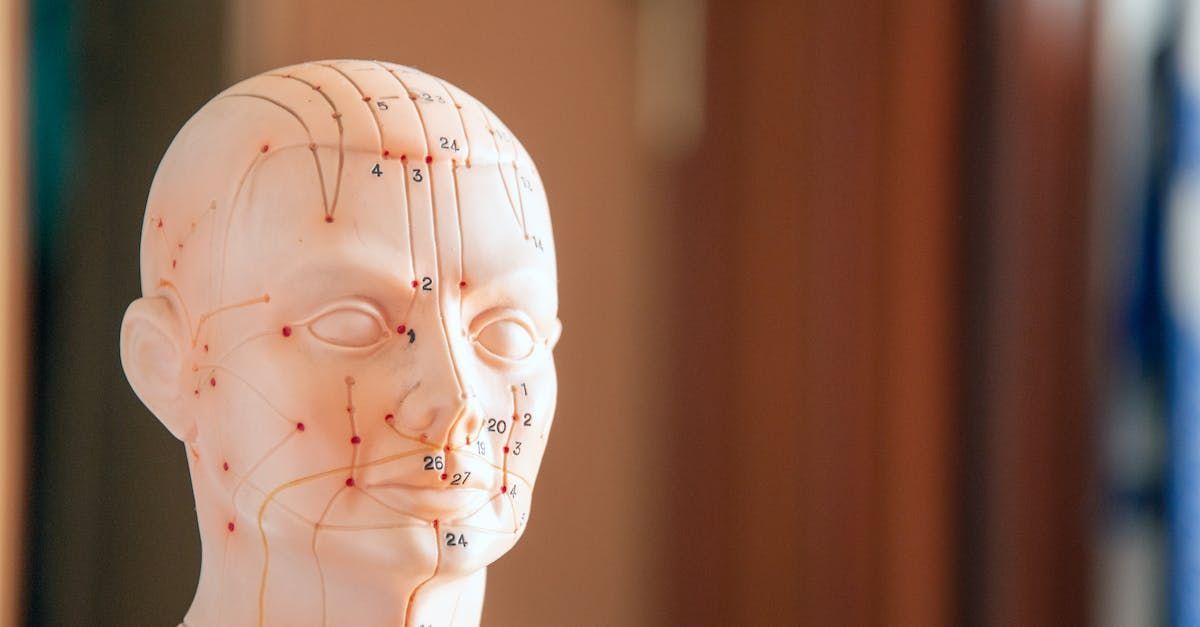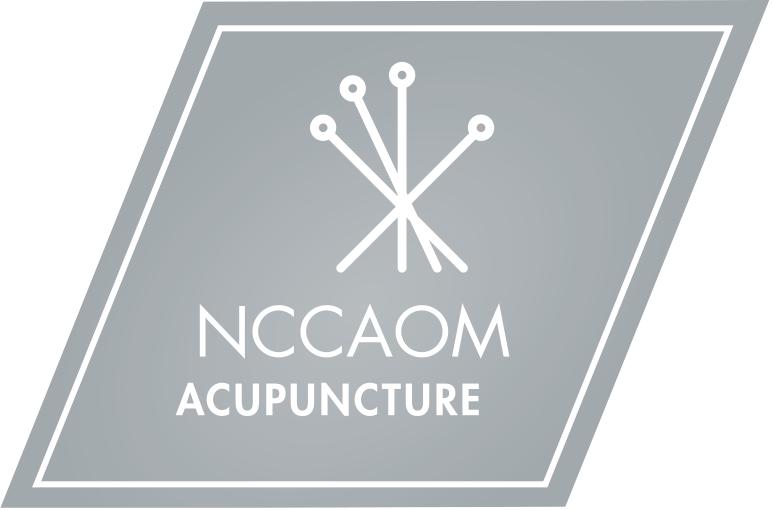Melody's Musings
Unveiling the Origins of Reiki: Mikao Usui's Journey into the Realm of Qi

In the realm of alternative healing practices, Reiki stands out as a gentle yet powerful technique that harnesses universal energy for healing and relaxation. Originating in Japan in the early 20th century, Reiki was developed by Mikao Usui, whose journey into the realms of energy and healing was deeply influenced by traditional Chinese medicine concepts, particularly the notion of "qi."
Mikao Usui's Inspiration: Traditional Chinese Medicine
Mikao Usui, a devout Buddhist and scholar, embarked on a quest to uncover the secrets of healing energies after years of study and meditation. His exploration led him to traditional Chinese medicine, which posits that life energy, or "qi," flows through the body along pathways known as channels. According to this belief, disruptions or blockages in the flow of qi can lead to physical or emotional imbalances, and restoring this flow is crucial for health and well-being. It is also worth noting that he was heavily influenced by the Chakras from Hinduism and Ayurveda, which has overlap with TCM.
The Concept of Ki in Reiki: Qi in Disguise
Central to Usui's development of Reiki was the concept of "ki," the Japanese equivalent of "qi." In essence, both terms refer to the same universal life force energy. Usui understood ki as the fundamental energy that sustains all living beings, permeating every aspect of existence. By accessing and channeling this ki through his hands, Usui believed he could facilitate healing and promote a state of balance and harmony within the recipient.
The Practice of Reiki: Channeling Universal Life Energy
In Reiki practice, the practitioner acts as a conduit for the flow of ki or qi. Through gentle touch or even from a distance, the practitioner directs this energy into the recipient's body, allowing it to flow where it is most needed. This process is believed to promote relaxation, reduce stress, alleviate pain, and support the body's natural healing processes.


